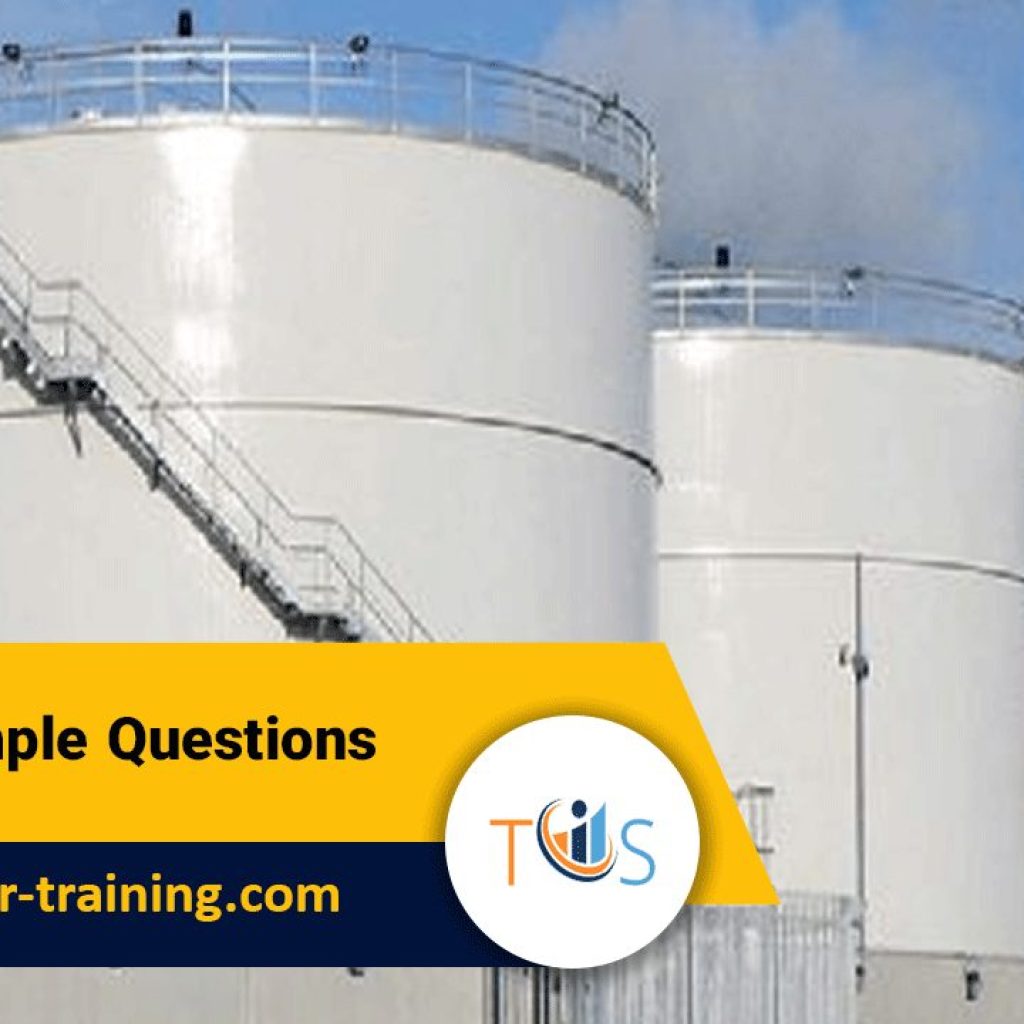[su_box title=”Free API 653 Practice Questions” style=”soft” box_color=”#0213eb” radius=”10″]
![]()
How the API 653 exam questions developed?
A question writing session is periodically conducted by Subject Matter Experts (SME’s), or individuals who specialize in pressure vessels, write questions from specific sections of the Code. Each question is then checked by three other SME’s.
This validation exercise answers two questions;
- Is the question written clearly?
- Does the question cover knowledge that is important to a vessel inspector?
These questions then go into a question data-bank as non scored exam questions.
Presently there are over 1000 questions in the data-bank and are grouped by topics. For each examination, there are 170 questions on the exam pulled from Area of Examination (see below). Only 140 Questions are scored. The remaining 30 are pre-test questions and not marked towards your score, that is, these pre-test questions do not affect your score whether you have answered them correctly or not. API does not tell you which ones these questions are.
API needs to ensure that these questions are not significantly challenged by the candidates and have also been answered by a reasonable number of candidates before adding them to their question bank as scored questions.
Publications Effectivity Sheet & Body of knowledge
Publications effectivity sheet is the list of applicable reference documents that you need to study for the exam. It also tells you which sections of each document are applicable. It can be revised from time to time when the codes and recommended practices or their addendum are revised and becomes applicable. Red texts indicate a revision or a change from the previous API Effectivity Sheet.
Body of knowledge also list the reference codes and recommended practices (without revision number) and elaborates on topics that a pressure vessel inspector needs to know giving examples. It shows what you are expected to know.
From time to time, API conducts a Job Analysis to re-evaluate the API 653 exam to ensure that it remains relevant and continues to focus on the inspectors’ core competencies. As a part of this process, the publication effectivity sheet and body of knowledge is revised. For example, API 653 Publications Effectivity Sheet applicable for exams to be held on November 2021, March 2022, and July 2022 has some of reference materials revised (shown in red).
Number of Exam Questions per Code and RP
As per API Publication Effectivity Sheet or reference material for API-653 exam, there are 4 codes (API 650 & 653 standard & ASME Codes V & IX) and 6 Recommended Practices (571, 575, 576, 577, 651 & 652) prescribed for examination.
There will be about 70-75 test questions directly from API 653. API 653 has about 150 pages to study, which is an average of more than one question for every two page. The remaining 85-90 questions will come from some 2000 pages contained in the other documents.
[su_box title=”Our suggestion for you” style=”bubbles” box_color=”#0213eb” radius=”10″][su_button url=”https://inspector-training.com/course/api-653-aboveground-storage-tank-inspector/” style=”3d” background=”#0e76a8″ color=”#ffffff” size=”7″ radius=”10″ icon=”icon: graduation-cap”]API 653 Storage Tank Inspector | Full Course[/su_button] [su_divider top=”no” style=”dashed”] [su_button url=”https://inspector-training.com/course/api-653-mock-exam-package/” style=”3d” background=”#0e76a8″ color=”#ffffff” size=”7″ radius=”10″ icon=”icon: graduation-cap”]API 653 Mock Exam Package[/su_button][/su_box]
| Code | Approximate Percentage % |
| API 653 Code &API 575 | 50-55 |
| ASME Sec IX & API 577 | 10-15 |
| ASME Sec. V | 10-15 |
| API RP 571 | 5-7 |
| API Std. 650 | 4-5 |
| API RP 651 & 652 | 4-5 |
| Gen. Knowledge | 2-3 |
| API RP 576 | 2 |
Below table shows area of examination versus maximum number of exam questions and should give you a fair idea of how important each part of Body of Knowledge is.
Area of Examination Maximum No. of Questions
Content Area Your Maximum Score
Scope and General Application of 653 5
Corrosion Mitigation 15
Repairs 15
NDE 15
(Procedures, limitations, advantages, techniques, responsibilities, applications)
Welding 15
Design 10
Planning 20
Inspection and Testing Practices 15
Data Evaluation 24
Roles and Responsibilities 6
Total Score 140
Add another 30 non scored questions that are distributed across the topics.
No Negative Marking
The pass mark is roughly 70% (minimum 400 on a maximum scale of 500) for all the API examinations. No negative marking is applied. Therefore, make sure that you have answered all the questions. At the end, click the ‘’review all’’ button and peruse through the list to ensure that you have not skipped any question. You can also check ‘’review incomplete questions’’ to ensure there is nothing on the list, that is, no question left unanswered


